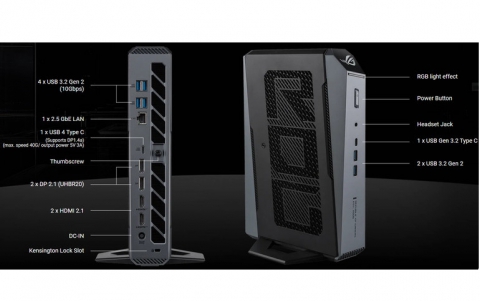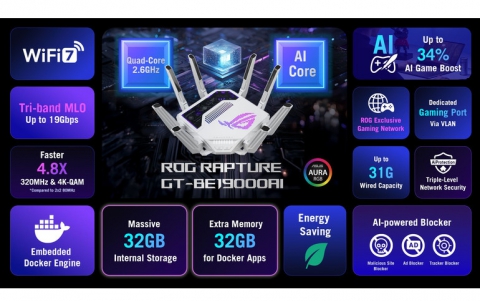
Samsung Develops the World's Largest Transmissive Plastic TFT-LCD Panel
Samsung Electronics, the leader in TFT-LCD technology, today announced the largest 5-inch transmissive plastic TFT-LCD display for portable applications such as mobile phones and notebook computers.
Plastic panels will also enable numerous other new applications including wearable displays with helmets, glasses and other fashion related accessories.
Samsung developed its new 5-inch TFT-LCD display by applying amorphous silicon technology to transparent plastic substrates. Considered the next-generation in flat panel displays, this technology involves the use of pliable plastic instead of rigid glass in TFT-LCD production. The plastic will not break and the external design can be freely shaped making potential applications virtually limitless.
The plastic TFT-LCD R&D project has been done in cooperation with SoftPixel Inc., a company specializing in plastic liquid crystal displays. The project has also received support from the Information Display R&D Center as part of the 21st Century Frontier R&D Program funded by the Korean Ministry of Commerce, Industry & Energy.
"Future customer requirements dictate that we take this next step in the evolution of TFT-LCD technology," said Kyuha Chung, vice president of R&D for Samsung Electronics' LCD Business. "By working with our partners on this R&D effort, we'll be able to solidify our leadership position in new emerging market applications for plastic LCD displays."
Samsung's 5-inch plastic TFT-LCD display delivers qSVGA resolution with 100 pixels per inch.
In the past, thermal resistance has posed a problem in the development of transparent plastic substrates. Obtaining the TFT performances needed for plastic substrates also required low-temperature processes and the degree of substrate deformation from heat was proportional to the screen size, making it difficult to enlarge the screen or improve the picture quality. Samsung has addressed these issues with a new processing technique for the amorphous thin-film transistors, color filters and liquid crystals at a lower temperature the normally required.
Samsung developed its new 5-inch TFT-LCD display by applying amorphous silicon technology to transparent plastic substrates. Considered the next-generation in flat panel displays, this technology involves the use of pliable plastic instead of rigid glass in TFT-LCD production. The plastic will not break and the external design can be freely shaped making potential applications virtually limitless.
The plastic TFT-LCD R&D project has been done in cooperation with SoftPixel Inc., a company specializing in plastic liquid crystal displays. The project has also received support from the Information Display R&D Center as part of the 21st Century Frontier R&D Program funded by the Korean Ministry of Commerce, Industry & Energy.
"Future customer requirements dictate that we take this next step in the evolution of TFT-LCD technology," said Kyuha Chung, vice president of R&D for Samsung Electronics' LCD Business. "By working with our partners on this R&D effort, we'll be able to solidify our leadership position in new emerging market applications for plastic LCD displays."
Samsung's 5-inch plastic TFT-LCD display delivers qSVGA resolution with 100 pixels per inch.
In the past, thermal resistance has posed a problem in the development of transparent plastic substrates. Obtaining the TFT performances needed for plastic substrates also required low-temperature processes and the degree of substrate deformation from heat was proportional to the screen size, making it difficult to enlarge the screen or improve the picture quality. Samsung has addressed these issues with a new processing technique for the amorphous thin-film transistors, color filters and liquid crystals at a lower temperature the normally required.





















